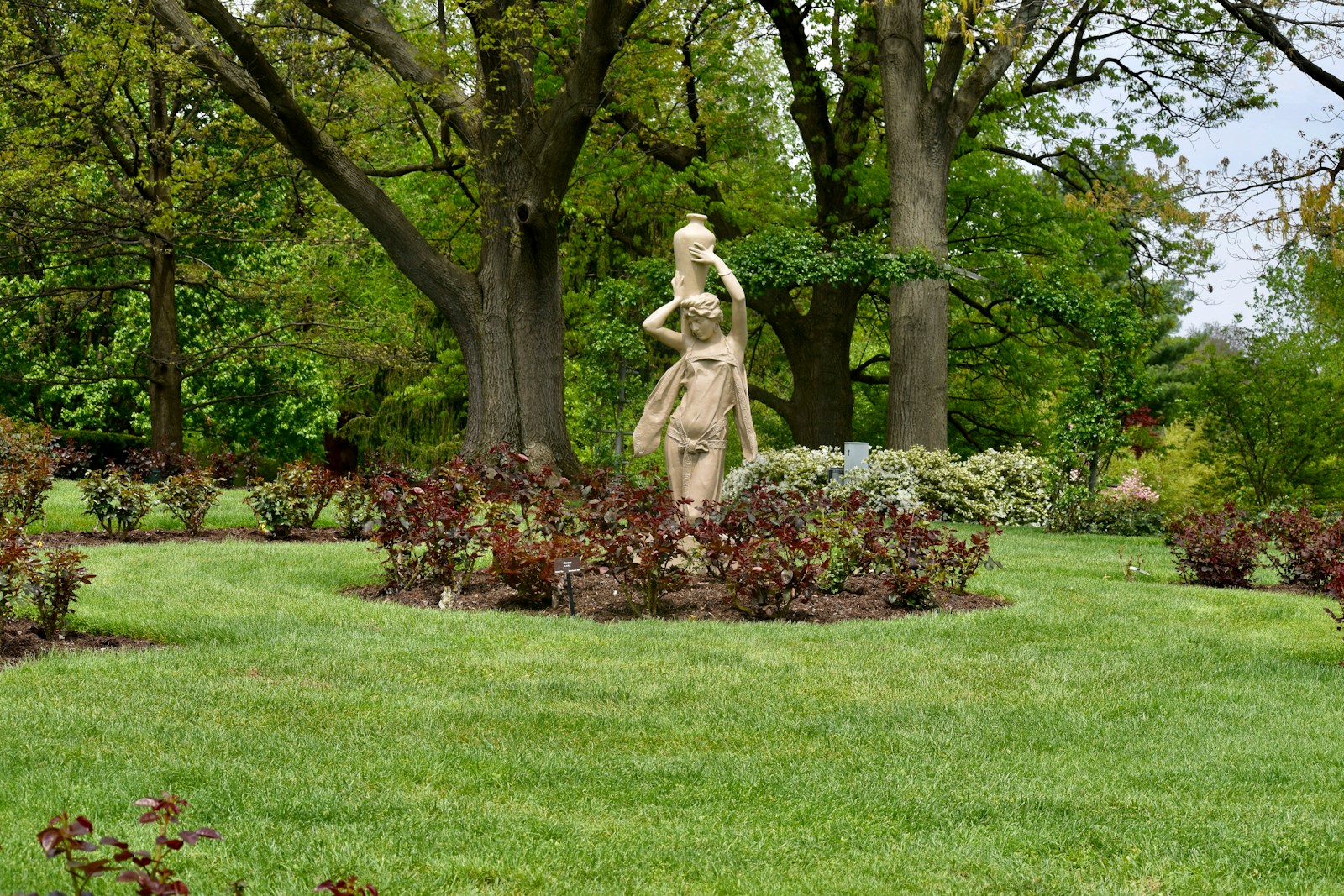Key Takeaways
– Digital avatars of loved ones can give temporary comfort.
– Virtual reunions may deepen our attachment to an illusion.
– Buddhist teachings invite us to face grief, not avoid it.
– Community rituals offer real support and healing.
– Embracing impermanence can open compassion and insight.
Introduction
Imagine seeing a lost loved one in virtual reality. You might feel relief at first. Then you wonder if it truly helps you heal. New technology now lets people chat with AI versions of the dead. While this feels powerful, it can keep us stuck in pain. Buddhism offers a different path. It asks us to meet grief head on. That path may lead to deeper healing.
The Rise of Digital Resurrection
In 2020 a Korean film showed a mother meeting her dead daughter in virtual reality. Viewers felt moved by the scene. Since then, many companies have built “grief bots.” These AI tools mimic voices and faces of the departed. Some even appear in court to give statements. Technology promises comfort. Yet it may create stronger cravings for what is gone. We chase an illusion instead of moving forward.
Buddhist View on Clinging and Suffering
Buddhism teaches that suffering comes from clinging to ideas and things. We build painful cycles when we refuse to let go. According to Mahayana Buddhism, true freedom starts when we release grasping. A mother in an ancient tale could not bring her child back to life. Only when she buried her child did she begin a spiritual journey. That story shows how letting go can open a new path.
Grief as a Chance for Growth
In one Buddhist school called the Great Perfection, tough emotions hold hidden wisdom. A teacher from the 1800s said we should let thoughts arise and fade without fighting them. Grief is like a cloud passing across the sky. Our true nature is the clear blue sky behind it. By letting grief run its course, we learn to sit with all feelings. This practice brings us closer to kindness for ourselves and others.
The Pitfalls of Digital Afterlives
A digital avatar may respond to every question we have. Yet it cannot fully match the real person we lost. Over time we might replace our true memories with AI versions. We could trap ourselves in an endless loop of longing. Instead of finding closure, we may deepen our wounds. What feels like comfort at first can become a new source of pain.
Communal Rituals and Shared Support
Buddhist cultures have long used group ceremonies to process death. One common practice lasts forty nine days after a person dies. Families set up a special altar and recite prayers. Monks and nuns often lead these services. They remind us that we do not face grief alone. Community care gives space for tears and memories. It also helps us build merit for the departed.
Contrast with Modern Bereavement Limits
In many places, workers get only a few days of leave after a death. That short time does not allow real grief work. By the time people return to work, they may feel isolated or overwhelmed. In contrast, Buddhist rituals extend support over weeks. They include prayers, gatherings, and acts of generosity. This process honors both the lost and the living.
Cultivating Impermanence in Daily Life
Buddhism sees impermanence as the heart of reality. Everything changes, every moment. When we accept this truth, we learn to value each encounter. We notice the preciousness of small joys. We stay more connected to what truly matters. By facing loss, we also deepen our love for life.
Simple Practices for Facing Grief
We can apply Buddhist methods even without formal rituals. First, find a quiet spot each day. Next, notice any emotions you feel without judging them. Then, breathe and let thoughts pass like clouds. You might say to yourself I feel sadness now. As you watch without resisting, pain often softens. Over time this builds self compassion and strength.
Finding Real Healing
True healing does not erase loss. Instead, it transforms our relationship with it. When we face grief directly, we learn the value of empathy. We grow more caring toward others in pain. We also feel more connected with all living things. This insight can guide our actions and choices.
Moving Beyond Virtual Illusions
Technology will keep advancing and offering new ways to reconnect. Yet no device can fully replace human warmth and memory. A screen cannot hold our tears or embrace. When we lean on real people, we build bonds that endure change. We give and receive comfort in ways a machine never could.
Conclusion
Virtual reunions may look magical, but they can trap us in longing. Buddhism invites us to meet grief as it is. By letting emotions flow, we gain compassion and insight. Communal rituals and simple practices offer genuine support. Embracing life’s impermanence helps us live fully now. In the end, true healing comes from opening our hearts, not from chasing an illusion.

